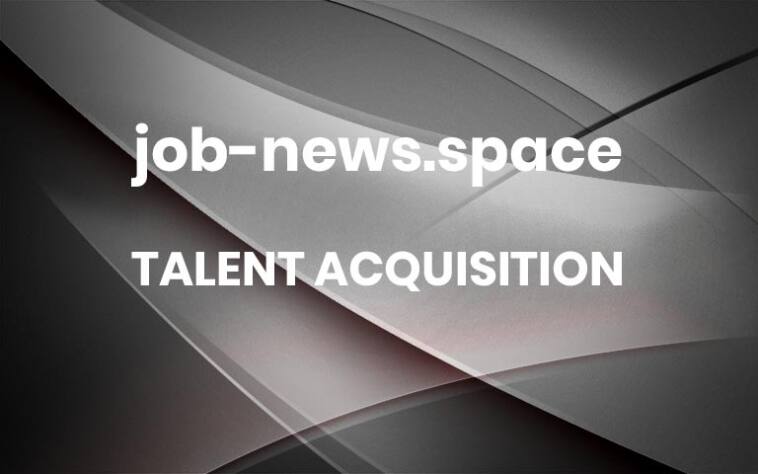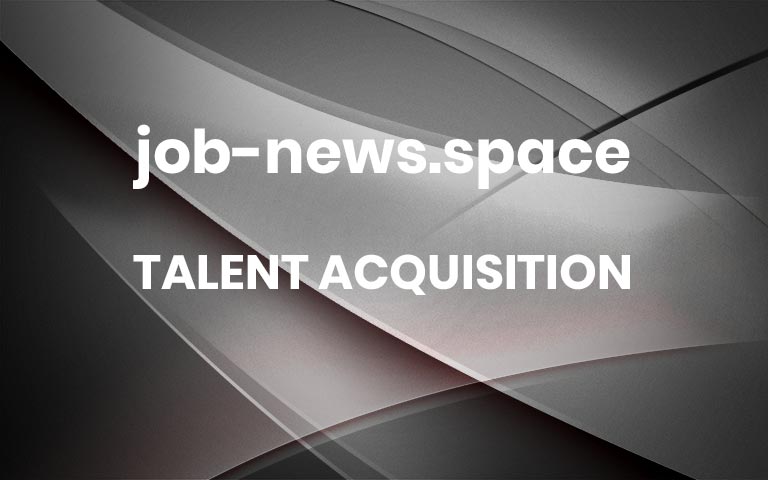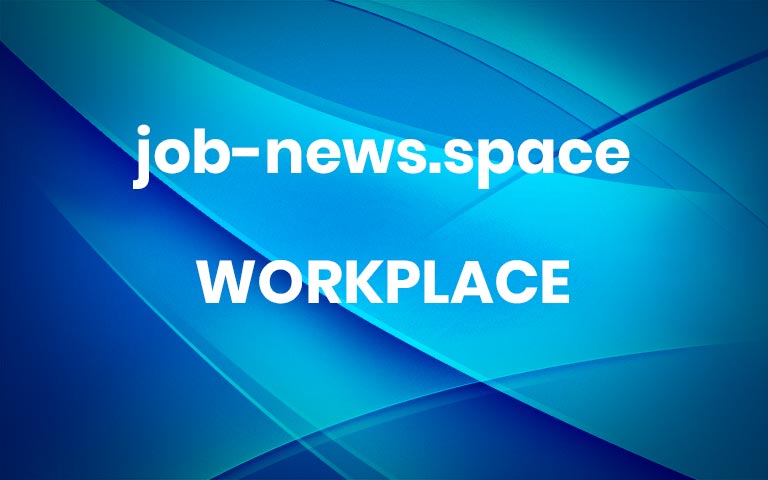The AI Recruiter’s Playbook: Mastering the High-Value Skills for 2025
The churn of the recruitment market is relentless. One minute you’re swamped with roles, the next you’re chasing invoices. We’ve all been there. But the savviest in our field know that the secret to not just surviving, but thriving, isn’t about volume. It’s about value. While the generalist market becomes ever more saturated and automated,…
The AI Recruiter’s Playbook: Mastering the High-Value Skills for 2025 Undercover Recruiter – More




